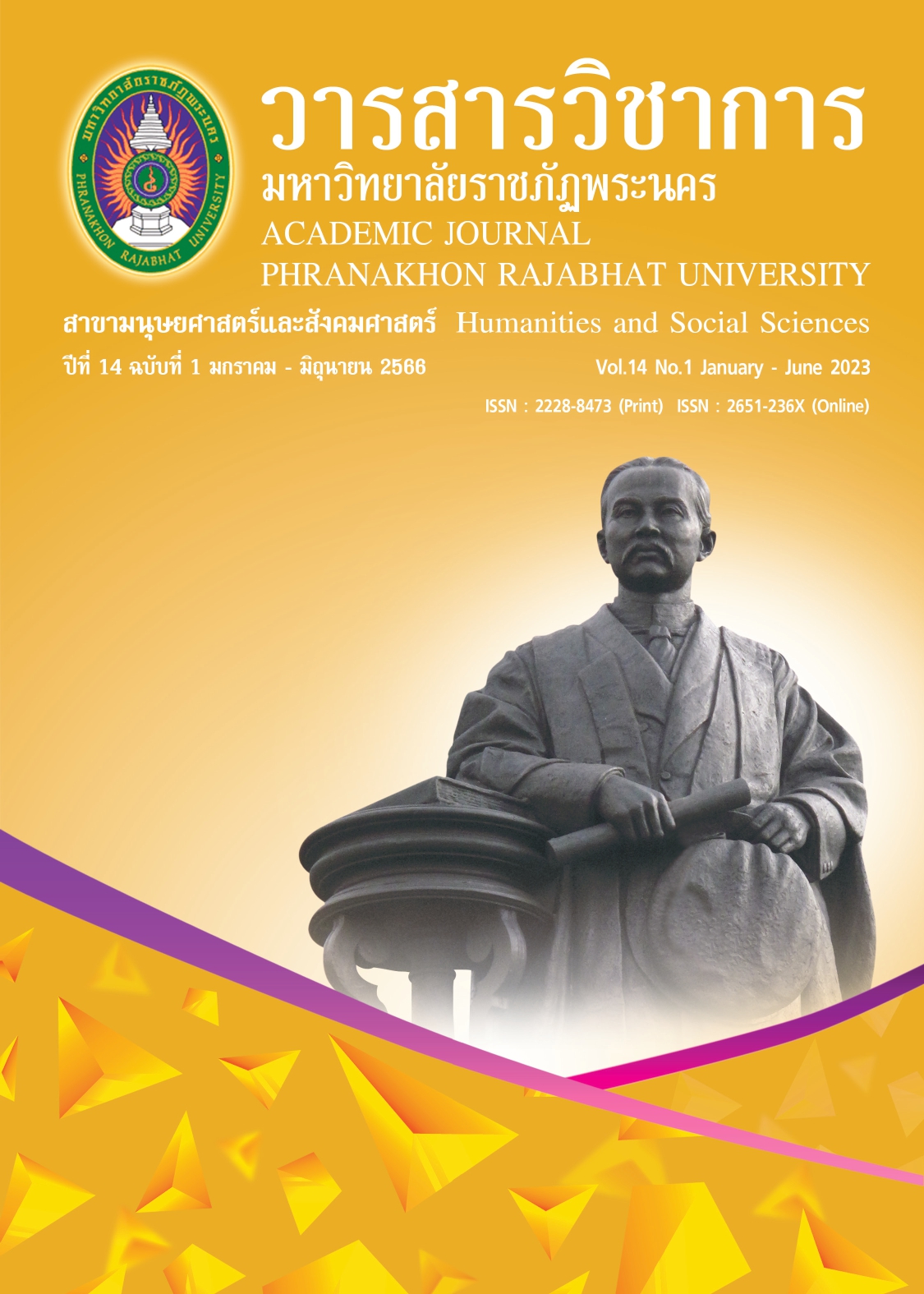WORKAHOLISM AND ORGANIZATIONAL-BASED SELF-ESTEEM PREDICTING EMPLOYEES’ ORGANIZATIONAL LOYALTY IN AN ENERGY BUSINESS
Keywords:
Workaholism, Organizational-Based Self-Esteem, Organizational LoyaltyAbstract
This research aims to: 1) study workaholism level, organizational-based self- esteem, and organizational loyalty of employees, 2) investigate relationship between workaholism as well as organizational-based self-esteem and employees’ organizational loyalty, and 3) predict employees’ organizational loyalty with workaholism and organizational-based self-esteem. The population and samples were employees of a private company in the energy business. The sample consisted of 300 employees. The instrument was a questionnaire. The statistics used for data analysis were percentage, frequency, mean, standard deviation, Pearson products moment correlation coefficient, and stepwise multiple regression analysis. The results showed that: 1) workaholism, organizational-based self-esteem and employees’ organizational loyalty were at a high level. 2) Workaholism positively correlated with employees’ organizational loyalty at a medium level with the statistical significance level of .01. 3) Organizational-based self-esteem positively correlated with employees’ organizational loyalty at a medium level with a statistical significance level of .01, and 4) one facet of workaholism namely work motivation and organizational-based self-esteem of the employees could jointly predict 44 percent of their organizational loyalty.
References
Anekwithee, J. (2015). The relationship between motivation and organizational
loyalty: A case study of Asia Airport hotel. Journal of Humanities and Social Sciences Rajapruk University, 1(13), 48-58. (In Thai)
Angell, L. C., & Klassen, R. D. (1999). Integrating environmental issues into the
mainstream: An agenda for research in operations management. Journal of Operations Management, 17, 575-598.
Beal, D. J., Weiss, H. M., Barros, E., & MacDermid, S. M. (2005). An episodic process
model of affective influences on performance. Journal of Applied Psychology, 90(6), 1054-1068.
Booddee, K. (2022). Carbon-Free in Thailand, National Energy Plan 2022.
Retrieved from : https://www.bangkokbiznews.com/business/1017753 [2022, 22 Dec.] (in Thai)
Boodsarakamwadee, V. (2009). Organization and Management. Valaya Alongkorn
Rajabhat University under the Royal Patronage. (in Thai)
Burke, R. J., & MacDermid, G. (1999). Are workaholics job satisfied and successful in
their careers? Career Development International, 4(5), 277-282.
Chien, G. C. L., Mao, I., Enkhzaya, N., & Chang, W. (2020). The effect of work motivation on employee performance: Empirical evidence from 4-star hotels in Mongolia. Journal of Human Resources in Hospitality & Tourism, 19(4), 473-495.
Chuakaewjinda, P. (2016). Self-esteem of street sweepers Bangkok metropolis.
(Master’s thesis). Thammasat University, Bangkok.
Dipboye, R. L., & Flanagan, M. F. (1979). Research settings in industrial and
organizational psychology: Are findings in the field more genarealizable than in the laboratory? American Psychologist, 34(2), 141-150.
Douglas, E. J., & Morris, R. J. (2006). Workaholic, or just hard worker?. Career
Development International, 11(5), 394-417.
Harpaz, I. (1999). The transformation of work values in Israel. Monthly Labor Review, 122(5), 46-50.
Kim, S., Kim, H., & Lee, J. (2015). Employee self-concepts, voluntary learning behavior, and perceived employability, Journal of Managerial Psychology, 30(3), 264-279.
Krejcie, R. V., & Morgan, D. W. (1970). Determining sample size for research activities. Educational and Psychological Measurement, 30(3), 607-610.
Metheekasiwat, K. (2012). The relationship between the employees’ work and
organization engagement and their intention to quit the hotel job in Nakhon Ratchasima province. (Master’s thesis). Suranaree University of Technology, Nakhon Ratchasima.
Office of the Civil Service Commission. (2012). Quality Workforce Management Guide. Sriboon Computer-Printing Partnership.
Pierce, J. L., Gardner, D. G., Cummins L. L. & Dunham, R. B. (1989). Organization-based self-esteem: Construct definition, measurement and validation. The Academy of Management Journal, 32(3), 622-648.
Porter, G. (1996). Organizational impact of workaholism: Suggestions for researching the negative outcomes of excessive work. Journal of Occupational Health Psychology, 1(1), 70-84.
Ramdhan, L. A. (2018). The effect of the work environment and compensation on
employee loyalty (case study at McDonal Cililitan, East Jakarta), (Master Thesis,) Syarif Hidayatullah State Islamic Jakarta University, Jakarta.
Sangsavang, S. (2016). Quality of work life balance of operating staff in generation
x and y, (Master’s thesis) Thammasat University, Bangkok.
Sethpitak, T. (2015). The study of work conditions that contribute to the severity
of computer syndrome. (Master’s thesis). Thammasat University, Bangkok.
Spence, J. T., & Robbins, A. S. (1992). Workaholism: Definition, measurement, and
preliminary results. Journaly of Personality Assessment, 58(1), 160-178.
Steer, R. M. (1991). Organizational Effectiveness: A Behavioral view. Monca:
Goodyear.
Tang, T. L., Kim, J. K., & O’Donal, D. A. (2000). Perceptions of Japanese organizational
culture-employees in non-unionized Japanese-owned and unionized US-owned automobile plants. Journal of Managerial Psychology, 15(6), 535-559.
Downloads
Published
How to Cite
Issue
Section
License
Copyright (c) 2023 Academic Journal Phranakhon Rajabhat University

This work is licensed under a Creative Commons Attribution-NonCommercial-NoDerivatives 4.0 International License.
"บทความวิชาการในวารสารฉบับนี้ ถือเป็นความรับผิดชอบของผู้เขียนเท่านั้น"
สงวนลิขสิทธิ์ตามพระราชบัญญัติลิขสิทธิ์




